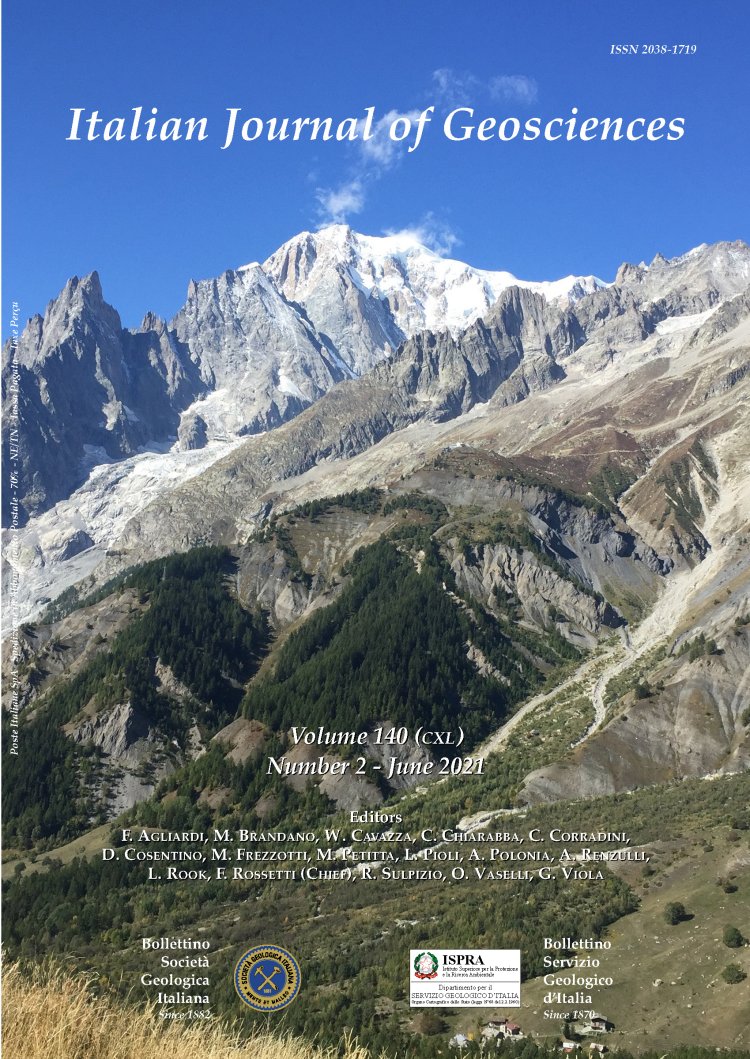
Texture and mineralogy as proxies of late Holocene tsunami deposits from the Doñana National Park (SW Spain)
Francisco Ruiz (1,8), María Isabel Carretero (2), Manuel Pozo (3), María luz González-Regalado (1), Guadalupe Monge (2), Joaquín Rodríguez Vidal (1,8), Luis Miguel Cáceres (1,8), Manuel Abad (4), Josep Tosquella (1), Tatiana Izquierdo (4,5), Juan Manuel Muñoz (6), María Isabel Prudencio (7), María Isabel Dias (7), Rosa Marques (7), Paula Gómez (1), Antonio Toscano (1), Verónica Romero (1) & Marta Arroyo (1)
(1) Departamento de Ciencias de la Tierra, Universidad de Huel- va, Avda. Tres de Marzo, s/n, 21071-Huelva, Spain.
(2) Departamento de Cristalografía, Mineralogía y Química Agrícola, Universidad de Sevilla, C/Profesor García González 1, 41012, Spain.
(3)Departamento de Geología y Geoquímica, Universidad Autónoma de Madrid, Avda. Francisco Tomas y Valiente 7, 28049-Ma- drid, Spain .
(4) Departamento de Biología y Geología, Física y Química In- orgánica, ESCET, Universidad Rey Juan Carlos, 28933-Móstoles, Spain.
(5) Universidad de Atacama, Avda. Copayapu 485, Copiapó, Chile.
(6) Departamento de Estadística e Investigación Operativa, Uni- versidad de Sevilla, C/Profesor García González 1, 41012, Spain.
(7) Centro de Ciências e Tecnologias Nucleares (C2TN), Institu- to Superior Técnico, Universidade de Lisboa, Estrada Nacional 10 (k 139.7), 2695-066-Bobadela LRS, Portugal.
(8) Centro de Investigación en Patrimonio Histórico, Cultural y Natural (CIPHCN), Universidad de Huelva, 21071-Huelva, Spain. Corresponding author e-mail: ruizmu@uhu.es
Abstract
Keywords
Get Full Text